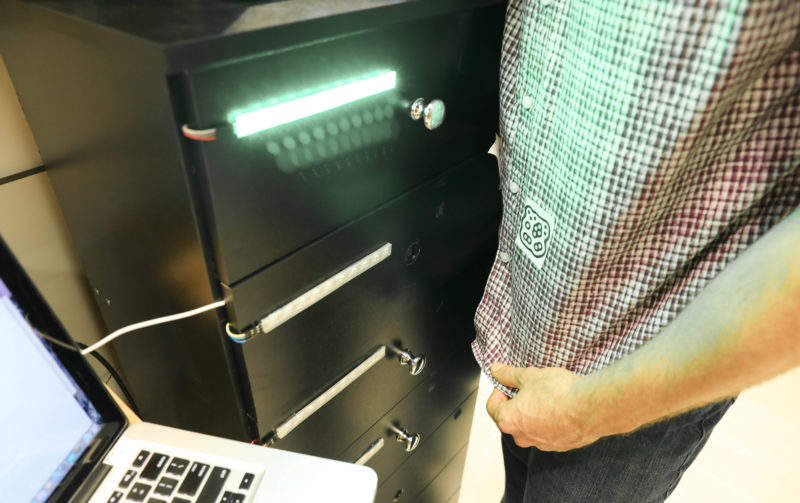
Researchers from the New York University (NYU) Rory Meyers College of Nursing, Arizona State University and Massachusetts General Hospital (MGH) Institute of Health Professions have developed an intelligent dressing prototype called DRESS that aims to help people with dementia get dressed without a human carer.
The smart home device is described in the paper titled ‘An assistive technology system that provides personalized dressing support for people living with dementia: capability study’, published in the journal JMIR Medical Informatics. DRESS resembles a five-draw dresser topped with a tablet, camera and motion sensor, with one piece of clothing per draw ordered by the user’s preference.
“Our goal is to provide assistance for people with dementia to help them age in place more gracefully, while ideally giving the carer a break as the person dresses, with the assurance that the system will alert them when the dressing process is completed or prompt them if intervention is needed,” said associate professor Rory Meyers and lead author of the study Winslow Burleson.
The system is operated by a carer, who initiates the DRESS device and monitors progress from an app. The user then receives an audio prompt, recorded by their carer, to open the top drawer, which simultaneously lights up. DRESS then uses a combination of sensors and image recognition to track an individual’s progress in getting dressed, and uses barcodes on clothing to identify their type, location and orientation. Once the first piece of clothing is put on, the user is prompted to retrieve a piece of clothing from the second drawer in the same way.
If the system detects an error or a lack of activity, audio prompts are used to encourage and correct the user. If problems continue, or the system observes the user becoming stressed, through a bracelet containing a skin sensor that measures stress levels, the carer can be alerted.
“The intent of the DRESS prototype is to integrate typical routines and humanised interactions, promote normalcy and safety, and allow for customisation to guide people with dementia through the dressing process,” said Burelson.

US Tariffs are shifting - will you react or anticipate?
Don’t let policy changes catch you off guard. Stay proactive with real-time data and expert analysis.
By GlobalDataA pilot study, involving eleven participants who did not have dementia, was conducted, and DRESS was able to accurately detect participants’ clothing 384 out of 388 times. However, it was not able to consistently identify when participants had successfully put on an item of clothing, only identifying 12 of 22 donned shirts and 17 of 22 donned pairs of trousers.
The researchers plan to improve the device’s reliability, including increasing the size of barcodes, minimising the folding of garments which could block barcodes, and optimising the positioning of users in relation to the device.
Burelson added: “With improvements identified by this study, the DRESS prototype has the potential to provide automated dressing support to assist people with dementia in maintaining their independence and privacy, while alleviating the burden on care-givers.”



